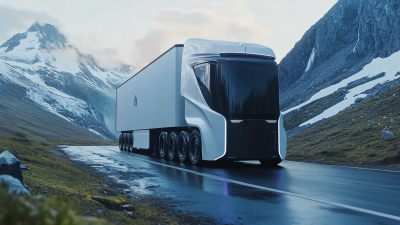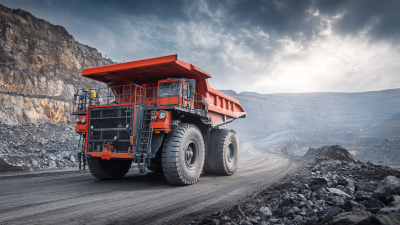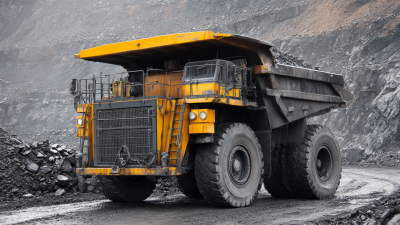As the mining industry continually seeks innovative solutions to enhance productivity and safety, Autonomous Haul Trucks have emerged as a groundbreaking technological advancement. According to a report by MarketsandMarkets, the global autonomous mining equipment market is expected to reach USD 5.5 billion by 2026, growing at a CAGR of 9.2% from 2021. This growth is largely fueled by the increasing demand for automation in mining operations, where efficiency and safety are paramount.
The integration of Autonomous Haul Trucks into mining workflows not only streamlines operations but also significantly reduces operational risks. A study from PwC indicates that companies utilizing these autonomous systems can experience a 20% reduction in operational costs, alongside enhancements in production rates. Furthermore, the deployment of these trucks minimizes human exposure to hazardous environments, aligning with the industry's ongoing commitment to improve health and safety standards in the workplace. Given these compelling advantages, it is clear that the future of mining operations is being redefined by the capabilities offered by Autonomous Haul Trucks.
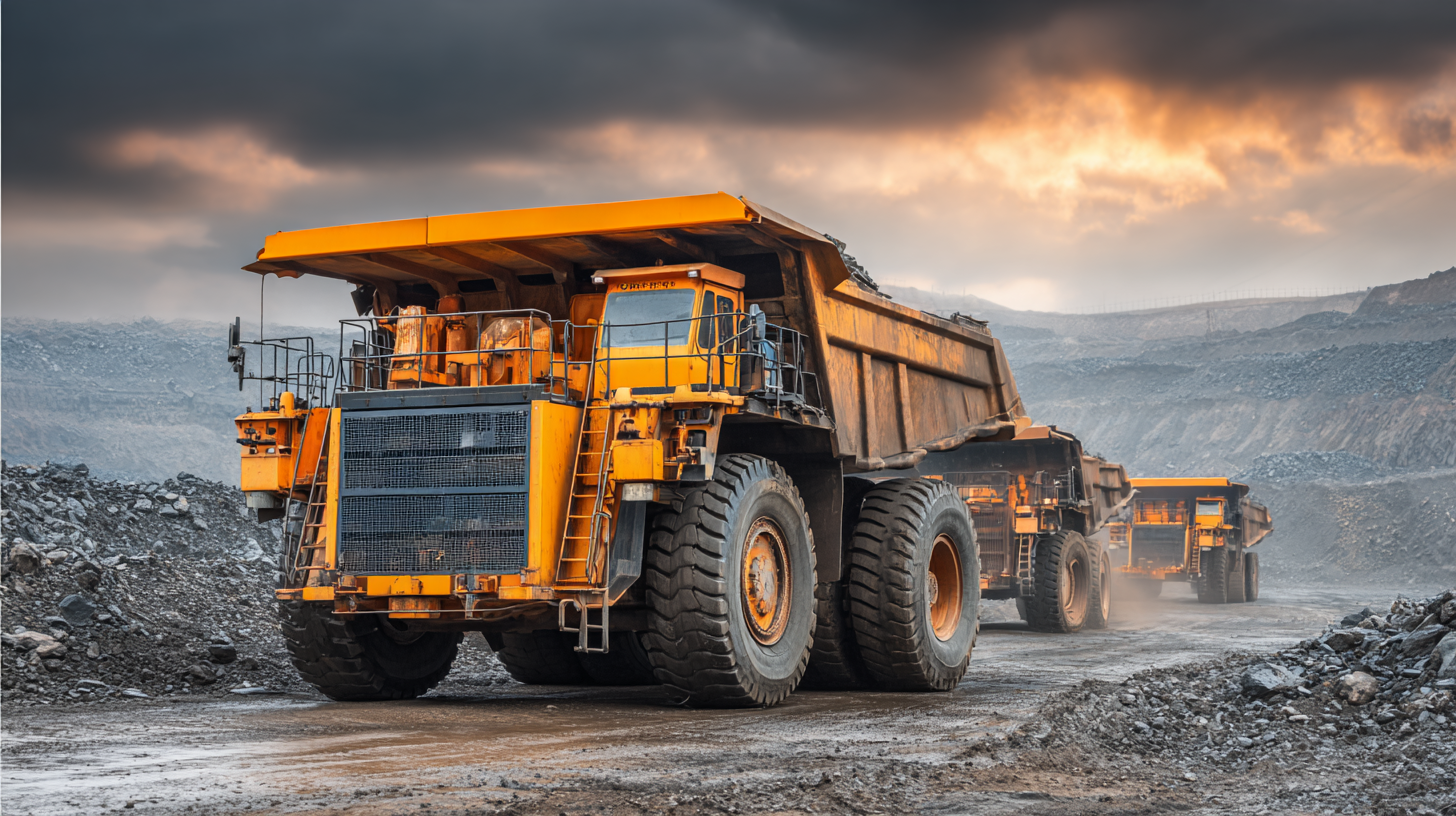
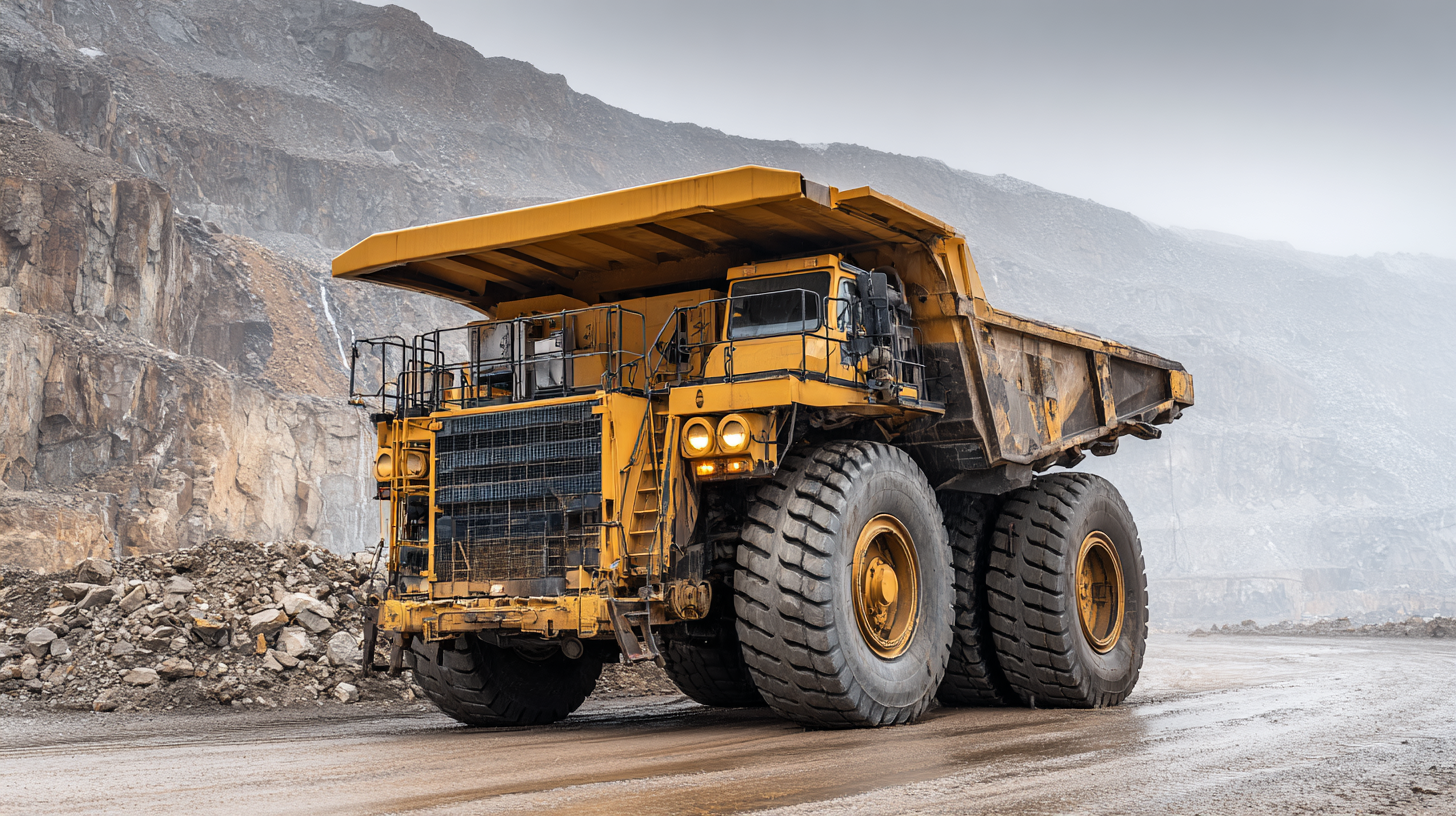 Autonomous haul trucks are revolutionizing efficiency in modern mining operations, making significant strides in optimizing both productivity and safety. According to a report by McKinsey & Company, fully autonomous trucks can increase productivity by up to 30% compared to traditional haulage methods. This is largely due to their ability to operate around the clock without the need for breaks, which translates into higher output and lower operational costs. Additionally, the precision of autonomous systems minimizes material handling errors, enhancing the overall effectiveness of mining logistics.
Autonomous haul trucks are revolutionizing efficiency in modern mining operations, making significant strides in optimizing both productivity and safety. According to a report by McKinsey & Company, fully autonomous trucks can increase productivity by up to 30% compared to traditional haulage methods. This is largely due to their ability to operate around the clock without the need for breaks, which translates into higher output and lower operational costs. Additionally, the precision of autonomous systems minimizes material handling errors, enhancing the overall effectiveness of mining logistics.
Incorporating autonomous haul trucks also contributes to reduced environmental impact. A study by the International Council on Mining and Metals (ICMM) indicated that the adoption of such technologies could lower greenhouse gas emissions by as much as 20%. The intelligent routing and load optimization capabilities of these trucks facilitate not only operational efficiency but also sustainability—a crucial factor in today’s mining landscape.
Tips: When considering the integration of autonomous haul trucks, it's essential to conduct a thorough analysis of your existing operations to identify areas where automation can deliver the most significant benefits. Additionally, investing in training for your workforce on these new technologies will ensure a smoother transition and maximize efficiency gains. Collaboration with technology providers can also uncover further opportunities for innovation within your operations.
Autonomous haul trucks are revolutionizing modern mining operations, particularly in enhancing workplace safety. These advanced machines are equipped with sophisticated sensor technology and artificial intelligence, enabling them to navigate challenging terrains without human intervention. By taking over the most dangerous tasks, autonomous trucks significantly reduce the risk of accidents caused by human factors such as fatigue, distraction, or poor decision-making, which have historically been a major concern in the mining industry.
In addition to minimizing direct human involvement in hazardous environments, autonomous haul trucks streamline operations and improve overall efficiency. They operate continuously, reducing downtime for maintenance and allowing for consistent productivity. Moreover, these trucks are designed to optimize routes and load management, which not only maximizes output but also decreases the likelihood of collisions or equipment malfunctions that can lead to injuries. As mining companies continue to adopt these technologies, the impact on safety standards and operational effectiveness is becoming increasingly evident, positioning autonomous haul trucks as a critical asset in the quest for safer mining practices.
This chart illustrates the top five benefits of integrating autonomous haul trucks in mining operations. The data showcases the percentage reduction in workplace accidents and operational costs, along with improvements in efficiency and productivity.
The implementation of autonomous haul trucks in modern mining operations brings significant economic benefits, most notably in terms of cost savings and sustainability. These trucks are designed to operate without human intervention, which reduces labor costs and minimizes the risks associated with manual operations. Mining companies can achieve higher efficiency as these trucks operate 24/7, ensuring a continuous flow of materials while keeping operational costs to a minimum. Additionally, by leveraging advanced technologies, autonomous haul trucks optimize fuel consumption, leading to further cost reductions and a smaller environmental footprint.
Tips for optimizing the integration of autonomous haul trucks include investing in comprehensive training for personnel to ensure effective oversight and maintenance of the technology. Moreover, it’s crucial to regularly analyze operational data to identify areas for further efficiency improvements. Establishing a collaborative environment where human operators and autonomous systems work alongside each other can enhance overall productivity and safety in mining operations.
Sustainability is a key factor in the decision to adopt autonomous haul trucks. These vehicles are engineered to emit fewer pollutants and use fuel more efficiently than traditional trucks. Mining companies focused on reducing their carbon footprint can effectively align their operational practices with global sustainability goals, attracting investors who prioritize environmental responsibility. Embracing these trucks not only positions companies as leaders in innovation but also helps them contribute to a greener future.
The integration of autonomous haul trucks in modern mining operations marks a significant advancement in the industry's approach to efficiency and safety. These sophisticated machines leverage data-driven technologies, allowing mining companies to make informed decisions that enhance productivity. By continuously collecting and analyzing operational data, autonomous trucks provide insights into factors such as optimal routes, load distribution, and maintenance schedules, effectively minimizing downtime and maximizing output.
Moreover, the real-time data generated by these vehicles enables mining organizations to adapt to dynamic environmental conditions and operational challenges. This agility not only ensures safer working conditions but also supports sustainable practices by reducing fuel consumption and emissions. As companies harness these data analytics tools, they can develop predictive models that further streamline operations, leading to smarter resource allocation and improved overall performance in the mining sector.
Through data-driven decision-making, autonomous haul trucks are revolutionizing how mining companies operate, paving the way for a more efficient and sustainable future.
Autonomous haul trucks are revolutionizing modern mining operations, not only in terms of efficiency but also by substantially reducing environmental impact. According to a 2022 report by the International Council on Mining and Metals, autonomous trucks can increase operational efficiency by up to 30%, thereby minimizing fuel consumption and lowering greenhouse gas emissions. These reductions are particularly significant in an industry that is already facing pressure to improve sustainability and reduce its carbon footprint.

Moreover, autonomous haul trucks contribute to greener mining practices by optimizing routes and load management through advanced algorithms. A study conducted by the Global Mining Guidelines Group revealed that autonomous systems can lead to a 20% reduction in energy use per ton of material transported. This increased efficiency not only enhances productivity but also plays a crucial role in decreasing the overall environmental impact of mining operations. As companies increasingly prioritize sustainability, the adoption of autonomous haul trucks stands out as a forward-thinking solution that aligns operational goals with environmental responsibility.



